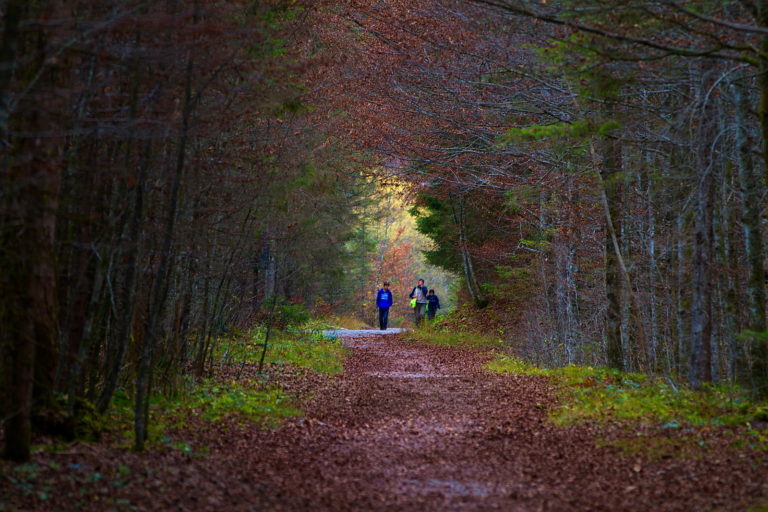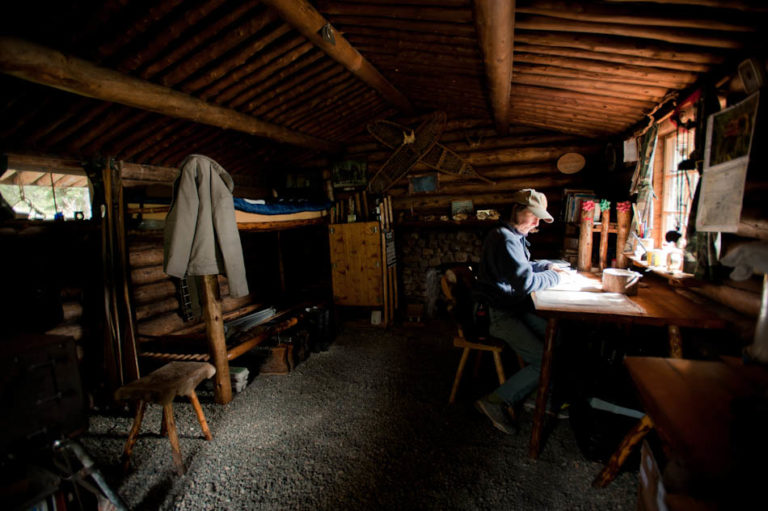
Image by Traveller_40/Flickr, Attribution-NonCommercial-NoDerivs.
Autumn: To Cohere in Mysterious Unity
Autumn is a season of great beauty, but it is also a season of decline: the days grow shorter, the light is suffused, and summer’s abundance decays toward winter’s death. Faced with this inevitable winter, what does nature do in autumn? She scatters the seeds that will bring new growth in the spring — and she scatters them with amazing abandon.
In my own experience of autumn, I am rarely aware that seeds are being planted. Instead, my mind is on the fact that the green growth of summer is browning and beginning to die. My delight in the autumn colors is always tinged with melancholy, a sense of impending loss that is only heightened by the beauty all around. I am drawn down by the prospect of death more than I am lifted by the hope of new life.
But as I explore autumn’s paradox of dying and seeding, I feel the power of metaphor. In the autumnal events of my own experience, I am easily fixated on surface appearances — on the decline of meaning, the decay of relationships, the death of a work. And yet, if I look more deeply, I may see the myriad possibilities being planted to bear fruit in some season yet to come.
In retrospect, I can see in my own life what I could not see at the time: how the job I lost helped me find work I needed to do, how the “road closed” sign turned me toward terrain I needed to travel, how losses that felt irredeemable forced me to discern meanings I needed to know. On the surface it seemed that life was lessening, but silently and lavishly the seeds of new life were always being sown.

This hopeful notion that living is hidden within dying is surely enhanced by the visual glories of autumn. What artist would ever have painted a season of dying with such a vivid palette if nature had not done it first? Does death possess a beauty that we — who fear death, who find it ugly and obscene — cannot see? How shall we understand autumn’s testimony that death and elegance go hand in hand?
For me, the words that come closest to answering those questions are the words of Thomas Merton:
“There is in all visible things…a hidden wholeness.”
In the visible world of nature, a great truth is concealed in plain sight: diminishment and beauty, darkness and light, death and life are not opposites. They are held together in the paradox of the “hidden wholeness.”
In a paradox, opposites do not negate each other; they cohere in mysterious unity at the heart of reality. Deeper still, they need each other for health, as my body needs to breathe in as well as breathe out. But in a culture that prefers the ease of either-or thinking to the complexities of paradox, we have a hard time holding opposites together. We want light without darkness, the glories of spring and summer without the demands of autumn and winter, and the Faustian bargains we make fail to sustain our lives.
When we so fear the dark that we demand light around the clock, there can be only one result: artificial light that is glaring and graceless and, beyond its borders, a darkness that grows ever more terrifying as we try to hold it off. Split off from each other, neither darkness nor light is fit for human habitation. But if we allow the paradox of darkness and light to be, the two will conspire to bring wholeness and health to every living thing.
Autumn constantly reminds me that my daily dyings are necessary precursors to new life. If I try to “make” a life that defies the diminishments of autumn, the life I end up with will be artificial, at best, and utterly colorless as well. But when I yield to the endless interplay of living and dying, dying and living, the life I am given will be real and colorful, fruitful and whole.

